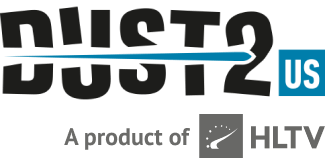
Explaining the Americas RMR Qualification
In just a few days, the BLAST.tv Paris Major Americas RMR is set to kick off and has already grabbed the world's attention with the elimination and then re-qualification of Evil Geniuses after Detonate had to, unfortunately, withdraw as they were unable to field a full team.
With the upcoming event, there are seven teams invited from South America and from North America after they appropriately qualified through two open qualifier events, and then in the closed qualifier for each region. It was in the closed qualifier that several teams surprisingly did not make it, which includes the aforementioned Evil Geniuses as well as 9z from South America.
The Background
For the 2023 BLAST.tv Paris Major there is a different format for the Americas RMR compared to those past. As the region struggled at IEM Rio 2022, with 00 Nation and Imperial going 0-3 while Evil Geniuses and 9z went 1-3. FURIA and Liquid were the only two teams remaining the competition having successfully secured advancement to the Legends stage. It was the final loss of 9z that would be the catalyst for the Americas losing one slot.
This was the first time that a region lost a placement for Major as part of the new rules introduced by Valve ahead of the original ESL One: Rio 2020 which was canceled due to the COVID-19 pandemic.
North America had been initially given 3 Legends spots, 1 Contenders spot, and 1 Challenger spot, as that had been the final placement of the region's teams during the 2019 Starladder Berlin Major. There were three North American Legends spots as Renegades had become EXTREMUM and elected to participate in the North American online-qualification system for the 2021 PGL Stockholm Major.
Then, prior to the 2022 PGL Antwerp Major, Valve elected to combine the world's five regions into three - forcing the Americas to become one, and providing them with the additional one slot that was previously allocated to South America. Now, the Americas had six slots that qualified to the Major.
However, as we saw and discussed before, the Americas not only struggled, but utterly floundered at the 2022 IEM Rio Major, which has caused the region to lose a slot to Europe as the continent saw more of their teams qualify towards later stages of the competition.
The loss of one spot for the Americas RMR caused confusion among fans as it was unclear if the same Swiss-system format would be used in the upcoming competition. However, according to Valve's rulebook, any region with 5 to 8 invites would use the 16-team swiss bracket.
5 teams: both 3-0 teams and all three 3-1 teams.
This is just slightly different from the six team qualification bracket, which needed to utilize a tiebreaker system to determine what one team from the three 3-2 scorelines, would advance to the next round.
6 teams: both 3-0 teams, all three 3-1 teams, and one of the three 3-2 team.
The three 3-2 teams are first sorted by difficulty score.
The lower two teams play a best of 3 and the loser is eliminated.
The remaining two teams play a best of 3 and the loser is eliminated.
The New Format
The BLAST.tv Paris Major Americas RMR Open Qualifiers (try saying that five times fast) was first proposed to the public as a single-elimination one-bracket event with multiple qualification spots. This was immediately dismissed by the community as it was deemed too unforgiving for unfortunate bracket placements.
Thankfully, BLAST relented and decided to host two online qualifiers, much to the communities delight, and thankfully, for unsigned mix North American team yur, who only entered in the second open qualifier, made it through the closed qualifier, and are now headed to the Americas RMR in a Cinderella run. Considering all those factors, it's almost amazing to think of five players that get a lifetime event opportunity because a second qualifier opened up.
Now, in the BLAST.tv Paris Major Americas RMR, the qualification is almost exactly the same as it would be for the IEM Rio Major Americas RMR, except this time there is no seeding qualification match for the 3-2 teams. In fact, the 3-2 teams will no longer exist, as teams that incur two losses will be eliminated from the competition.
It's a harsher system, one that is more unforgiving and will make the entire competition a do-or-die scenario that is at the mercy of seeding and hoping that a first-round upset does not happen.
The graphic from BLAST perfectly shows how the system will work. The first round games will be best-of-one, where each match will only go to a single map of play. For the teams that win, they will play the second round games as best-of-ones. For the teams that lose, they will have to play their elimination match, since the loser will be 0-2 and knocked out of the competition. These games will be best-of-three. From then on, for all teams looking to qualify by winning their third match or teams that could be eliminated, each match will be best-of-three.
The competition is set to take place on April 6th, with the first round best-of-ones and the second round best-of-ones taking place. The following elimination matches will begin on April 7th and go until we find out five teams that will book their tickets to Paris for the last CS:GO Major.



























